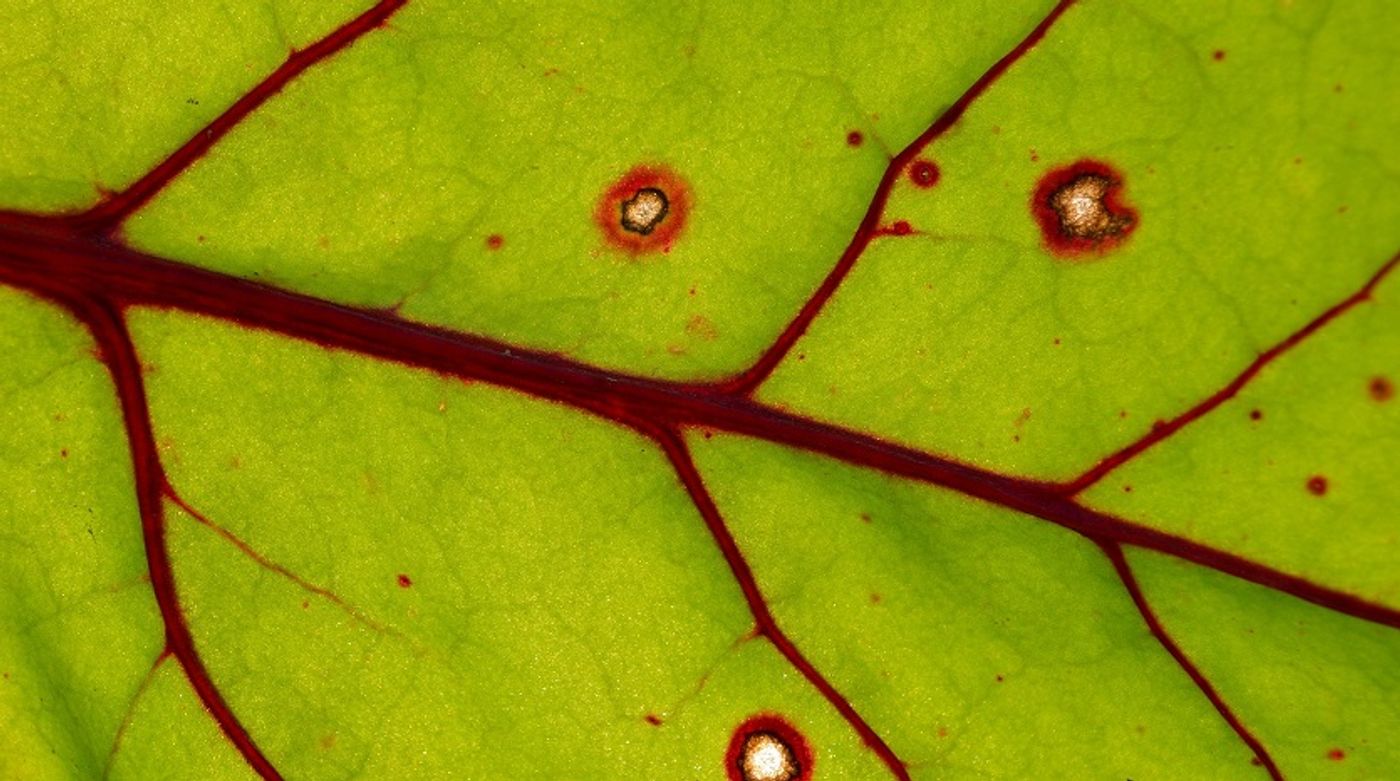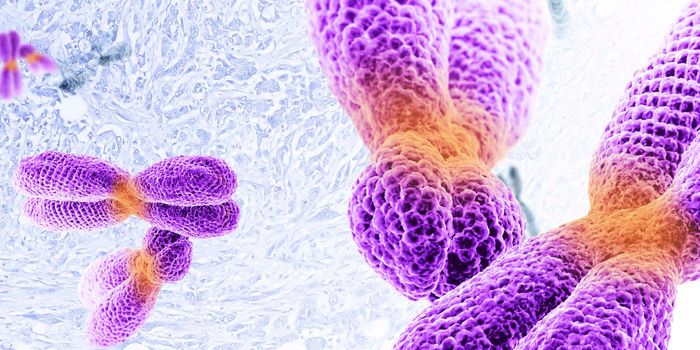The MicroRNA That Can Regulate Tumor Vascularization in Liver Cancer
Angiogenesis is the vascularization, or generation of blood vessels, of a part of the body. It is a normal function of healing and one of the key factors in an aggressive cancer phenotype. Controlling and preventing the vascularization of a cancer tumor is a crucial goal in cancer research.
MicroRNA (miRNA) are small pieces of genetic information that act as regulators in the body. They bind to genetic messengers called messenger RNA (mRNA) and prevent them from being translated into functional proteins. MiRNAs have been the focus of many studies in the recent decade as miRNA profiles often change with disease onset. Cancers, for example, have aberrant miRNA profiles compared to their normal healthy tissues.
A team from the Department of Pathology and Experimental Medicine at the Okayama University in Japan hypothesized that miRNA could control angiogenesis in hepatocellular carcinomas (HCC), or liver cancer. MiR-200b-3p was the miRNA they chose to study, as it was downregulated in HCC versus healthy liver tissue. Other studies have also loosely connected to angiogenesis in previous studies.
First, they examined levels of miR-200b-3p in HCC cells. Compared to healthy tissue, there was a significant decrease in miR-200b-3p in HCC, with more aggressive variants of HCC showing a more substantial loss. Running a binding scan, they determined that the erythroblast transformation-specific-related gene (ERG) was a likely candidate for the angiogenic effects seen in other studies. ERG is an essential transcription factor controlling expression paths in cell maturation and angiogenesis.
Indeed, the group’s experiments showed that the level of miR-200b-3p was negatively correlated with ERG levels in HCC cells in vitro. They also noted that wound healing, which angiogenesis plays a significant role in, was suppressed in cells with high miR-200b-3p expression. Exosomes, which is a way of transferring things from one cell to another, were also analyzed. When miR-200b-3p was overexpressed, it was moved to nearby cells via exosomes. This miR-200b-3p would then down-regulate ERG, and through it, angiogenesis.
This study clearly links miR-200b-3p to ERG and angiogenesis. MiR-200b-3p would bind to ERG mRNA, prevent it from being expressed, and suppress angiogenesis. The group also observed the transfer of miR-200b-3p between cells in vitro. For many HCCs with low miR-200b-3p, the surrounding non-HCC tissue also has low miR-200b-3p. The team notes that they could not determine why miR-200b-3p was expressed at lower levels than normal.
The team concludes that while there are other paths involved in angiogenesis, there is a clear link between miR-200b-3p and ERG, and through ERG angiogenesis. How miR-200b-3p is down-regulated remains a mystery, however.
Sources: Nature Scientific Reports, Genentec









